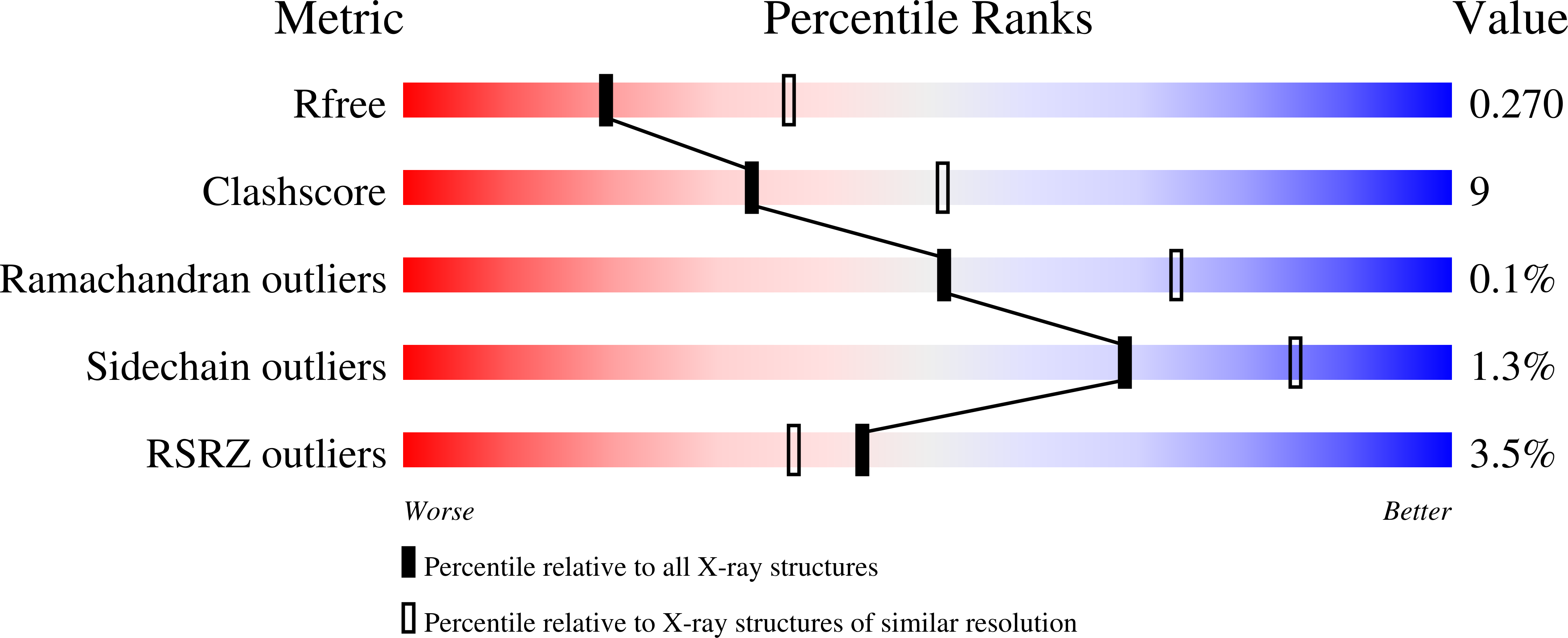
Deposition Date
2023-11-22
Release Date
2024-06-12
Last Version Date
2024-11-13
Entry Detail
PDB ID:
8V2E
Keywords:
Title:
Crystal structure of B055 scaffold boost immunogen in complex with a mature 10E8 Fab
Biological Source:
Source Organism:
Homo sapiens (Taxon ID: 9606)
synthetic construct (Taxon ID: 32630)
synthetic construct (Taxon ID: 32630)
Host Organism:
Method Details:
Experimental Method:
Resolution:
2.62 Å
R-Value Free:
0.27
R-Value Work:
0.22
R-Value Observed:
0.23
Space Group:
P 21 21 21


